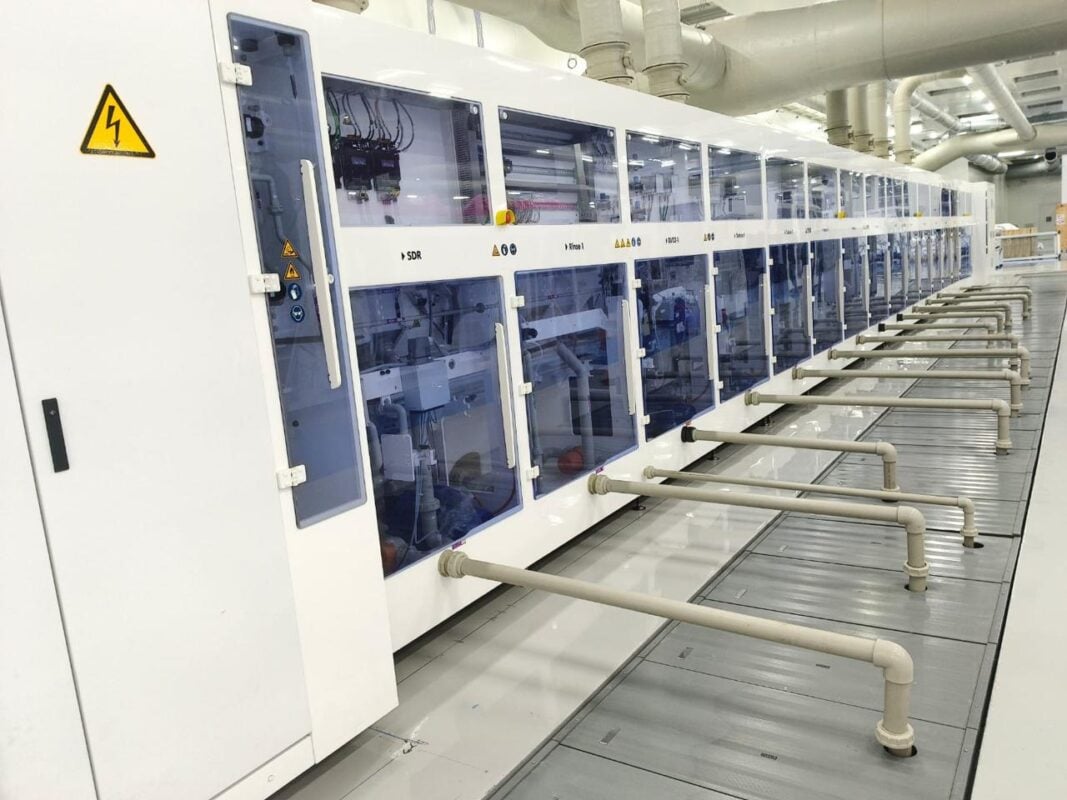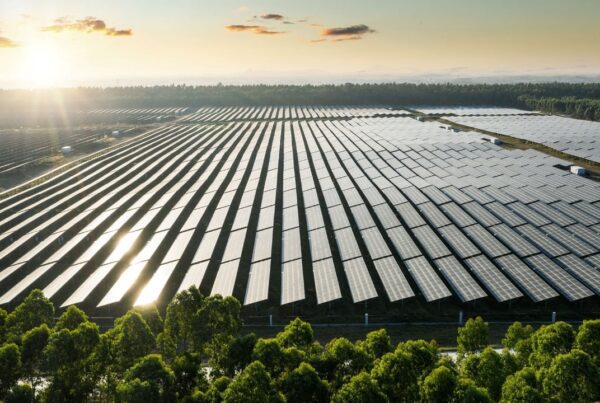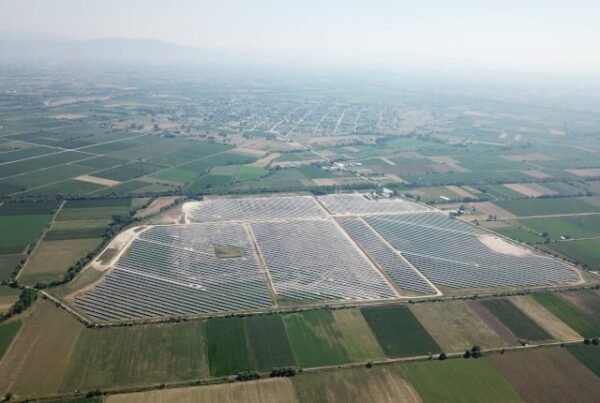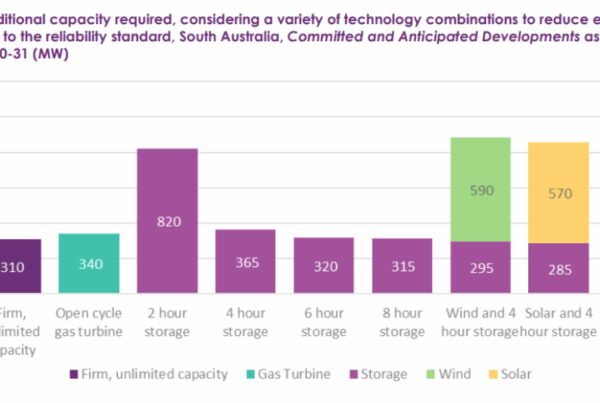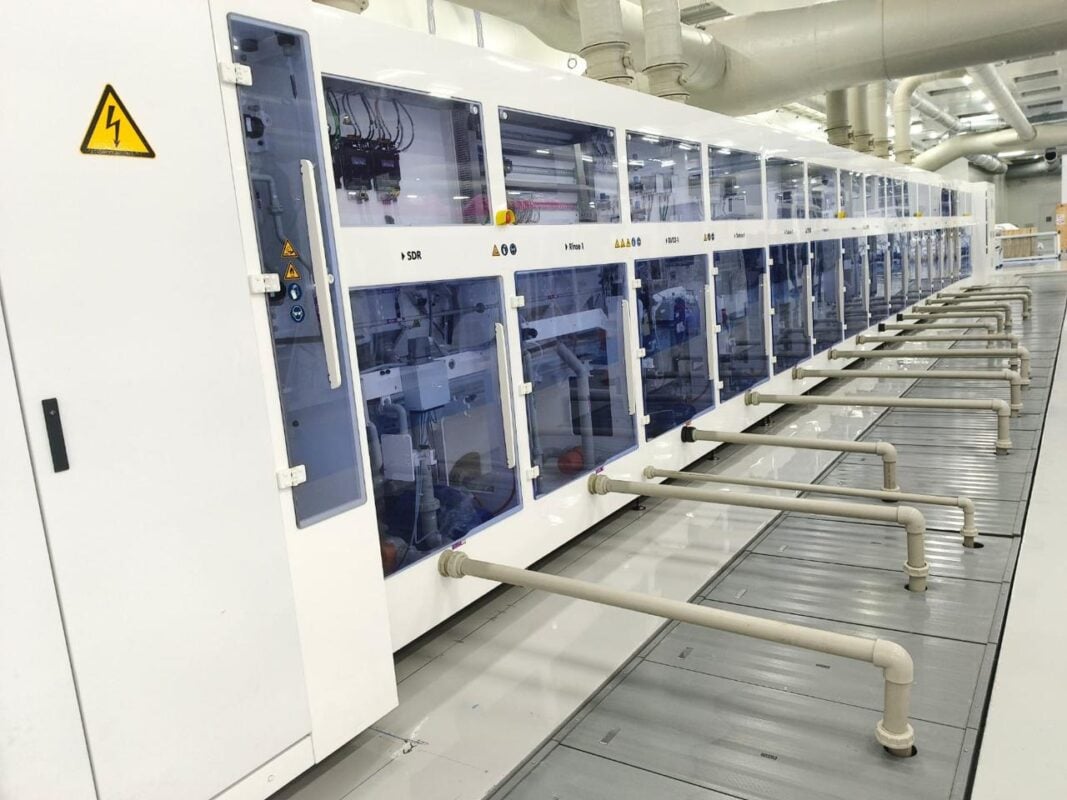
This new list for solar cells, known as ALMM List-II, contains primarily mono passivated emitter rear contact (PERC) bifacial cells with only two Indian manufacturers – Emmvee and Adani – with bifacial tunnel oxide passivated contact (TOPCon) cells included in the list.
Adani is the solar manufacturer with the most annual nameplate capacity among the six manufacturers, with 3.8GW split almost evenly between PERC cells (1.9GW) and TOPCon cells (1.9GW). Both solar cell processing plants are located in the northwestern state of Gujarat. According to MNRE’s list, Adani’s TOPCon cells have an average cell efficiency of 25.27%, while Emmvee’s – the other manufacturer with TOPCon cells – solar cells have an average efficiency of 24.62% for an annual nameplate capacity of 1.5GW. Emmvee’s solar cell are manufactured in the southern state of Karnataka.
Aside from Adani, First Solar is the only other manufacturer with an annual nameplate capacity above 3GW, with 3.2GW of thin-film cadmium telluride solar cells at its Tamil Nadu plant.
The remaining capacity is split between Premier Energies, with 1.9GW from its Telangana solar cell plant, ReNew with 1.7GW from its solar cell plant in Gujarat and Jupiter International with 779MW produced in a solar cell plant located in the northern Indian state of Himachal Pradesh.
MNRE first announced the introduction of the ALMM List-II back in December 2024 and at the time said it would take effect in June 2026. Its module counterpart had reached nearly 75GW of module nameplate capacity at the end of the first quarter of 2025, with 11.8GW capacity added in Q1 2025 alone.
It also remains to be seen if a similar list for wafers will also come into force in the future after the MNRE stated in March of this year that imported wafers would not qualify for classification as “domestically produced”.
Under this new domestic content requirement, solar PV cells based on c-Si technology would be considered to be domestically manufactured only if using undiffused silicon wafers – also called ‘black wafers’ – produced in India. A requirement that would be applied towards programmes or schemes – including tenders and auctions – that have been implemented by the MNRE.


